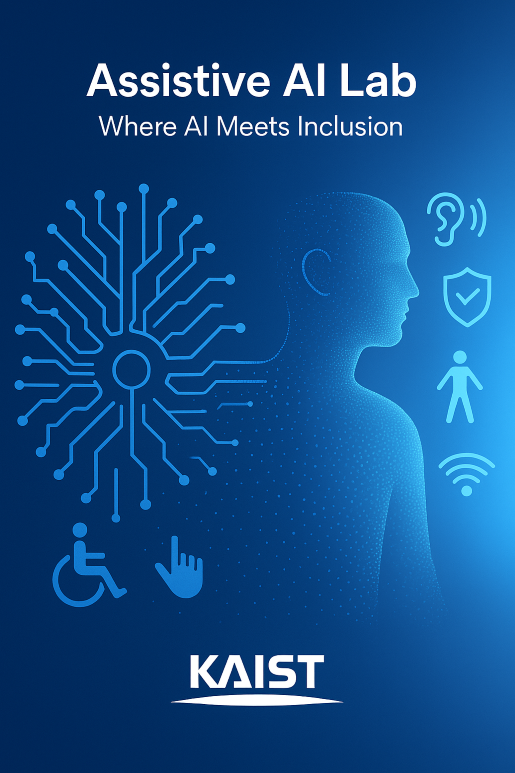-
Learning challenges shape a mechanical engineer’s path
•
Before James Hermus started elementary school, he was a happy, curious kid who loved to learn. By the end of first grade, however, all that started to change, he says. As his schoolbooks became more advanced, Hermus could no longer memorize the words on each page, and pretend to be reading. He clearly knew…
-
New collaboration aims to strengthen orthotic and prosthetic care in Sierra Leone
•
MIT’s K. Lisa Yang Center for Bionics has entered into a collaboration with the government of Sierra Leone to strengthen the capabilities and services of that country’s orthotic and prosthetic (O&P) sector. Tens of thousands of people in Sierra Leone need orthotic braces and artificial limbs, but access to such specialized medical care in this…
-
2.009 makes its “Move!” onstage
•
On Monday evening, inside a rainbow-lit Kresge Auditorium, a capacity crowd whooped and hollered and shook their pom-poms along to one of the most anticipated shows of the year: the final student presentations of 2.009 (Product Engineering Processes). Known on campus as “two-double-oh-nine,” the popular fall semester course challenges teams of undergraduates over three…
-
MIT engineers design a soft, implantable ventilator
•
For many of us, the act of breathing comes naturally. Behind the scenes, our diaphragm — the dome-shaped muscle that lies just beneath the ribcage — works like a slow and steady trampoline, pushing down to create a vacuum for the lungs to expand and draw air in, then relaxing as air is pushed…
Welcome to Assistive AI Lab Where AI Meets Inclusion
At Assistive AI Lab, we are dedicated to developing cutting-edge artificial intelligence technologies to enhance accessibility and empower individuals with diverse needs. Our interdisciplinary team passionately pursues innovative research and practical solutions, bridging the gap between advanced AI techniques and inclusive, real-world applications.
Our mission is to ensure that artificial intelligence benefits everyone, particularly those traditionally underserved by technology. By focusing on accessibility, usability, and human-centered design, our lab creates transformative tools and systems that facilitate greater independence, inclusion, and quality of life.
We specialize in:
- Assistive Technology Development: Creating intelligent solutions that improve daily living, communication, and mobility.
- Inclusive AI Systems: Ensuring AI applications are designed to be universally accessible and beneficial.
- Human-Centered Innovation: Collaborating closely with users and communities to develop meaningful, impactful technologies.
Join us in shaping a future where artificial intelligence genuinely meets the needs of all individuals, fostering a society that is truly inclusive and accessible.

